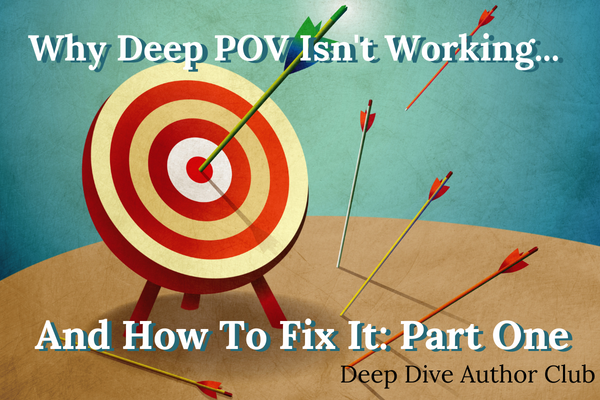Deep POV is not a beginner-friendly style to write in, so *deep breath* don’t give up.
Tag: deep POV

Go Deeper Writing Fiction With Personification
Use personification to show insight/motivation/desire, use subtext, create setting – in a deeper way.

Examples of First Person Deep POV
First person POV is NOT automatically deep POV. Learn the differences with examples.

17 Things To Know About Deep POV Before You Start Writing
I LOVE deep POV, but there’s a lot of confusion about what it is and what it isn’t, how it works, what genre or tense you must use – lots of questions and a lot of confusion. I wanted to put together a list of things many people don’t realize…

4 Responses To Uncertainty That Create Tension In Fiction
Something I’ve observed over the last two years or so is how different personalities react to uncertainty. Very little about life is certain, that’s always been true, but when the stakes are raised different personalities handle uncertainty in varied ways that can create all sorts of really compelling internal conflict….

1 Pro Tip To Create Emotional Depth In Deep POV
I have mainly been writing guest posts for other blogs and neglecting my own. *sad face* So, I’m hoping to post here more regularly going forward, but it will mean shorter posts. *mittened fist-bump* One of the things that writers seem to struggle with a lot when shifting from limited…
